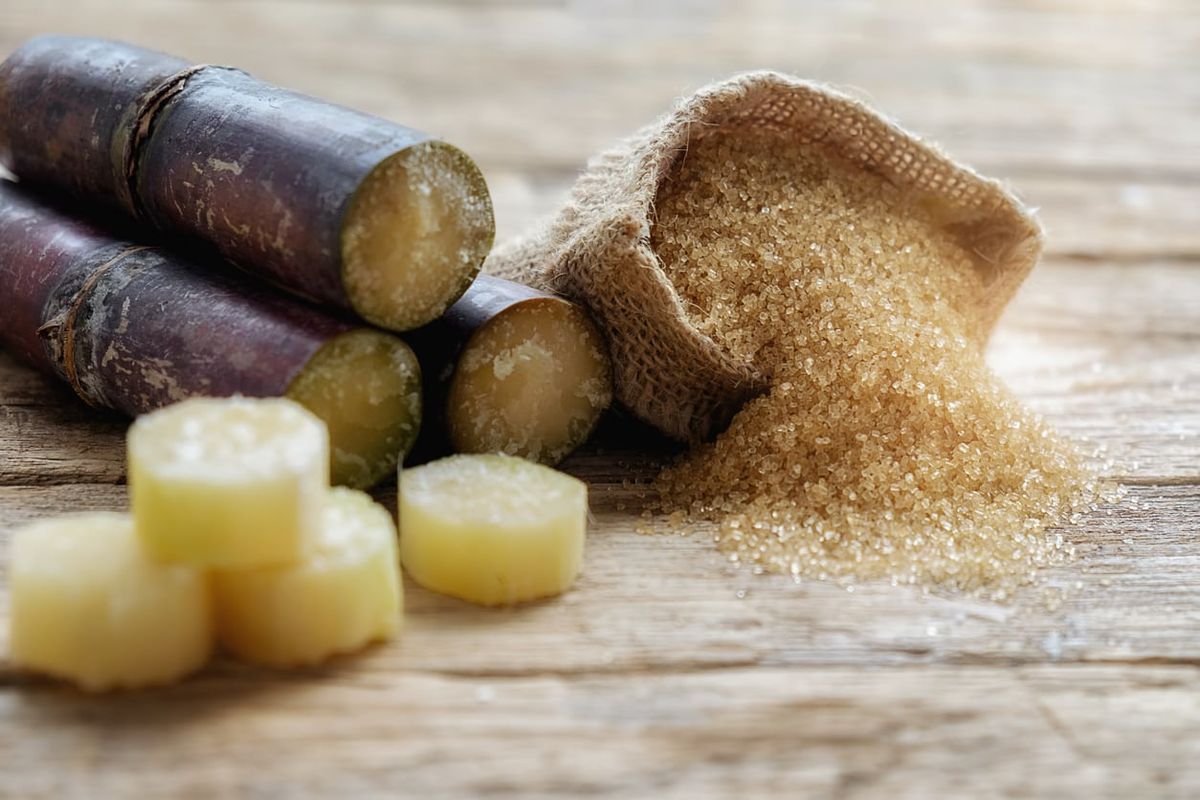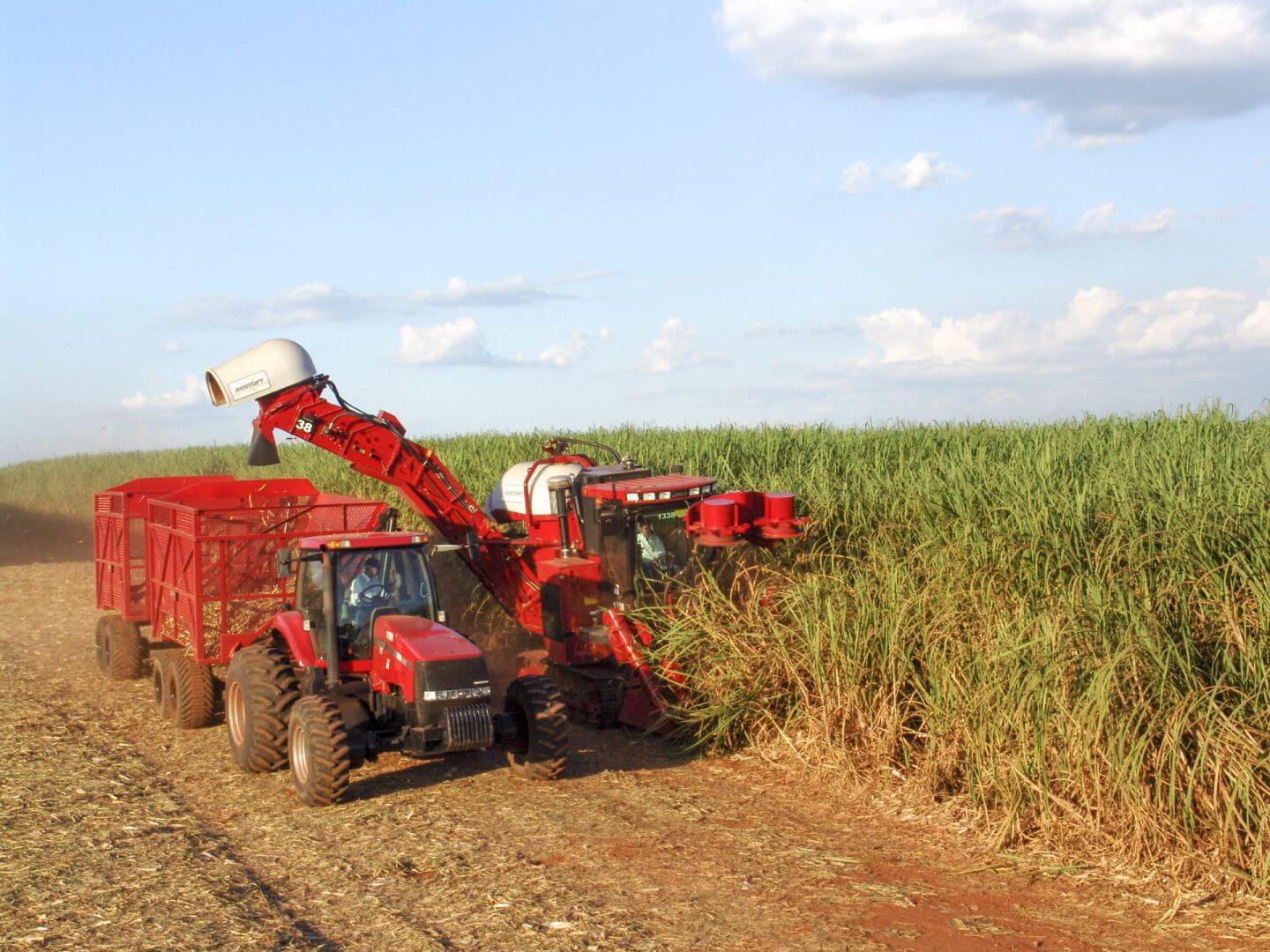All About Sugar Canes: What Are Sugar Canes Used For and Their Duty in Worldwide Farming?
Sugar canes function as a cornerstone of worldwide farming, mostly recognized for their function in sugar production. They likewise add to the development of byproducts like molasses and ethanol. These elements not just support different industries yet likewise influence economic security in country regions. The growing of sugar walking sticks encounters significant environmental challenges. Recognizing their complex duty triggers more expedition into their farming practices and sustainability efforts.
The Agricultural Refine of Sugar Cane Cultivation
Sugar cane growing may vary by region, the fundamental agricultural process remains constant. The very first step entails selecting high-yielding varieties suitable for local environments. Preparation of the soil is essential, usually requiring tillage and the addition of plant foods to enhance fertility. Planting generally occurs during the stormy period, with farmers utilizing either whole stalks or cuttings to establish new crops.As the plants grow, they need thorough treatment, including weed control, parasite administration, and watering, relying on the environmental problems. Farmers keep an eye on the sugar walking cane's development cycle, which usually spans 10 to 24 months, before harvesting. Gathering is labor-intensive, commonly carried out manually or with specialized machinery, guaranteeing very little damage to the stalks. Adhering to harvest, the walking cane is carried to processing centers. This meticulous farming procedure not just supports neighborhood economic climates but additionally plays a significant role in worldwide agricultural techniques, adding to food and energy supplies.
Sugar Manufacturing: From Walking Stick to Crystal
The trip of sugar production starts the moment fresh gathered sugar cane reaches refining centers. The very first step involves washing and slicing the walking cane to prepare it for extraction. Using high-pressure rollers, the juice is removed from the crushed walking cane, leading to a pleasant liquid referred to as sugarcane juice. This juice undertakes explanation, where impurities are removed with the enhancement of lime and heat.Next, the cleared up juice is concentrated by steaming it down to create a thick syrup. This syrup is after that taken shape by cooling, enabling sugar crystals to develop. The crystallized sugar is divided from the remaining syrup, referred to as molasses, through centrifugation.Finally, the sugar crystals are washed and dried out, causing the familiar granulated sugar (What Are Sugar Canes Used For). This process transforms raw sugar walking cane right into a product that is important to various culinary and industrial applications, highlighting the value of sugar in international farming
Biofuels and Sugar Canes: A Sustainable Future
As the world progressively seeks lasting energy options, sugar walking sticks have actually arised as an encouraging source for biofuels. The biomass derived from sugar walking sticks can be transformed right into ethanol, a sustainable gas alternative that significantly lowers greenhouse gas emissions compared to nonrenewable fuel sources. This procedure not just gives a cleaner power resource yet additionally promotes power independence for lots of countries.In enhancement, sugar cane growing supports rural economic climates by producing tasks in both farming and biofuel production industries. The use of sugar canes for biofuel production also urges farming diversity, which can improve soil health and decrease reliance on solitary crops. In addition, the byproducts of sugar walking cane handling can be made use of for electricity generation, additionally contributing to a sustainable energy cycle. As nations endeavor to fulfill renewable resource targets, sugar canes are poised to play a vital role fit an extra sustainable future in the biofuel landscape.

The Duty of Sugar Canes in Beverage Manufacturing
Sugar canes play a considerable role in drink production, acting as a primary ingredient in rum and adding to the sweet taste of numerous soft drinks. In addition, their all-natural juices are used in various drinks, improving flavor and appeal. This flexibility underscores the value of sugar walking canes in the global beverage market.
Sugar Cane in Rum
Rum manufacturing is elaborately connected to the growing of sugar walking stick, a necessary crop that gives the required fermentable sugars required for fermentation. This process starts with the removal of juice from collected sugar walking canes, which is after that either fermented directly or refined into molasses. Yeast is included to convert the sugars right into alcohol, resulting in a varied series of rum designs, from light to dark varieties. The geographical area where the sugar cane is expanded considerably affects the flavor profile of the rum, with variables such as soil kind and climate playing crucial duties. Nations like Barbados, Jamaica, and Cuba are renowned for their rum production, mirroring the social and historic value of sugar cane within the worldwide drink sector.
Soft Drinks Sweetener Resource
:max_bytes(150000):strip_icc()/GettyImages-564187083-721fb5bc6c764f929f5134d736828a4f.jpg)
All-natural Juice Manufacturing Makes Use Of
Along with its considerable role in soft drink manufacturing, sugar walking stick is likewise critical in the all-natural juice market. The juice drawn out from sugar walking cane, called walking stick juice, is celebrated for its all-natural sweetness and distinct flavor account. This juice is frequently taken in fresh in numerous regions, particularly in exotic nations, where it is delighted in as a rejuvenating beverage. Additionally, walking cane juice serves as a base active ingredient in a series of natural fruit juices and smoothie mixes, boosting both preference and nutritional worth. Its natural buildings make it an appealing alternative to artificial sugar, interesting health-conscious customers. Overall, sugar walking cane's flexibility in juice manufacturing highlights its importance in contemporary beverage offerings worldwide.
Developments in Sugar Walking Cane Byproducts
Advancements in sugar cane by-products are leading the way for lasting remedies in various sectors. Biofuels stemmed from sugar walking stick offer an alternate power source, while improvements in lasting packaging are minimizing dependence on traditional materials. These developments highlight the adaptability and possibility of sugar cane past its key use in beverage production.
Biofuels From Sugar Cane
How can the by-products of sugar walking stick add to sustainable power solutions? The conversion of sugar walking cane right into biofuels provides an appealing opportunity for renewable resource. By using the fibrous residue, understood as bagasse, producers can produce bioethanol with fermentation procedures. This bioethanol can function as a sustainable choice to fossil gas, lowering greenhouse gas emissions and reliance on non-renewable resources. In addition, molasses, another result, can be fermented to generate biofuels, taking full advantage of resource look at more info efficiency. The energy created from sugar walking cane not just gives a cleaner gas resource yet additionally boosts the general economic feasibility of sugar manufacturing. By integrating biofuel production into their procedures, sugar walking cane sectors can play an essential role beforehand sustainable energy solutions internationally.
Lasting Product Packaging Solutions
Sustainable product packaging services are progressively being created from sugar walking stick byproducts, showcasing the flexibility of this agricultural staple. Technologies such as eco-friendly plastics stemmed from bagasse, the fibrous deposit left after juice extraction, are getting grip. These materials supply an environmentally friendly choice to conventional plastics, minimizing dependence on fossil gas and decreasing carbon impacts. In addition, sugar cane-based packaging is compostable, breaking down normally without hurting the environment. Business are now exploring these options to straighten with customer demand for sustainability. As awareness of plastic air pollution grows, the adoption of sugar cane-derived product packaging is expected to increase, placing sugar walking sticks as a vital gamer in the change to greener product packaging solutions in different sectors.
Economic Influence of Sugar Walking Cane Farming

Although sugar walking cane farming has deep roots in several economies, its financial impact expands much past farming manufacturing. This crop acts as a significant income source for numerous farmers worldwide, specifically in developing countries where agriculture is a main source of income. Sugar walking stick contributes to neighborhood economic situations with task production in cultivation, handling, and harvesting. The industry also stimulates development in relevant industries such as transport, equipment production, and food processing.Furthermore, sugar cane is a vital player in international trade, influencing international markets and costs. Countries that generate sugar walking stick commonly depend on exports to boost their financial stability. The spin-offs of sugar walking stick, such as ethanol and molasses, branch out profits streams for farmers and include worth to the farming industry. On the whole, the economic ramifications of sugar walking stick farming are profound, influencing not only farmers however also entire communities and national economic situations.
Environmental Factors To Consider in Sugar Walking Stick Growing
While sugar walking stick farming plays an important duty in several economic situations, it also elevates substantial environmental problems that can not be this hyperlink neglected. The substantial usage of fertilizers and pesticides in sugar cane farming frequently leads to soil destruction and water contamination. Overflow from these chemicals can contaminate close-by water bodies, hurting water ecological communities. Furthermore, the monoculture practices widespread in sugar cane farming reduce biodiversity, making ecological communities a lot more vulnerable to parasites and diseases.Deforestation is an additional critical problem, as land is frequently removed to give way for sugar ranches, causing environment loss for wildlife and increased carbon exhausts. Additionally, the high water consumption needed for sugar walking stick watering can strain regional water sources, especially in deserts. As global need for sugar proceeds to increase, resolving these ecological challenges comes to be vital to guarantee sustainable practices in sugar cane growing.
Often Asked Inquiries
What Are the Nutritional Advantages of Sugar Cane?
The dietary benefits of sugar walking stick largely include its high carbohydrate web content, providing power. In addition, it includes vitamins, minerals, and anti-oxidants that might support total health, though moderation is important because of its sugar material.
How Does Sugar Walking Stick Affect Local Ecosystems?
Sugar walking stick growing can substantially influence regional ecosystems by altering land usage, influencing biodiversity, and calling for significant water sources. Additionally, it might result in dirt deterioration and pesticide drainage, interfering with bordering habitats and wildlife populaces.
What Is the Background of Sugar Walking Stick Farming?

Exist Alternatives to Sugar Cane for Sugar Production?
Alternatives to sugar walking stick for sugar production include sugar beetroots, corn, and numerous tropical plants like sorghum and agave (What Are Sugar Canes Used For). These plants provide diverse resources of sweet taste, each with unique farming needs and environmental impacts
Just How Do Climate Patterns Influence Sugar Walking Stick Yields?
Weather condition patterns significantly influence sugar cane returns with temperature level variations, rains amounts, and seasonal cycles. Dry spell or extreme rains can impede development, while excellent conditions boost photosynthesis, ultimately affecting the quantity and top quality of the harvest. The journey of sugar manufacturing starts the minute freshly collected sugar cane shows up at refining facilities. The taken shape sugar is divided from the continuing to be syrup, known as molasses, through centrifugation.Finally, the sugar crystals are cleaned and dried, resulting in the familiar granulated sugar. Rum you can find out more production is delicately linked to the growing of sugar cane, a vital crop that provides the required fermentable sugars required for fermentation. Furthermore, the monoculture practices common in sugar walking stick farming minimize biodiversity, making ecosystems much more prone to insects and diseases.Deforestation is one more crucial problem, as land is usually gotten rid of to make means for sugar ranches, leading to environment loss for wild animals and increased carbon emissions. Alternatives to sugar walking cane for sugar manufacturing consist of sugar beetroots, corn, and various tropical plants like sorghum and agave.
Comments on “What Are Sugar Canes Used For in the Cosmetics Industry?”